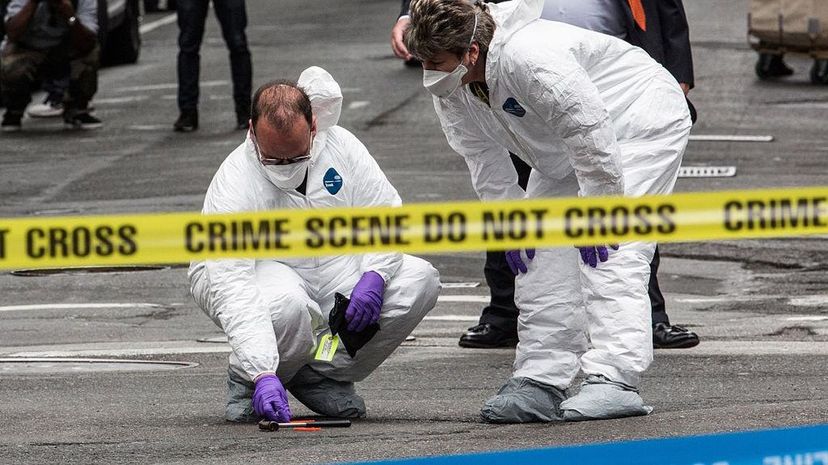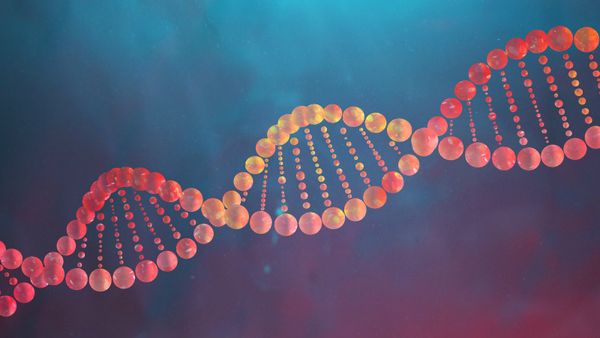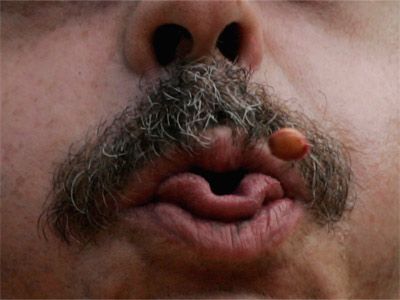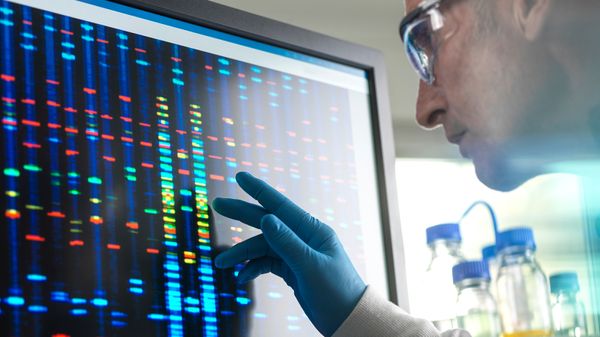
The analysis of crime-scene DNA has revolutionized forensic science and reversed hundreds of wrongful convictions. With only a smudge of cells left on a weapon or a victim, investigators can combine DNA with other evidence — like eyewitness accounts — to narrow the suspect pool and nail the right perpetrator.
But popular TV shows like the long-running "CSI: Crime Scene Investigation" (and its spin-offs like "CSI: Miami") can greatly exaggerate the effectiveness of forensic science, warping the public perception of what DNA evidence can and cannot tell us about who really committed a crime. In these shows, the science is infallible, the investigators are ingenious, and the criminal is always locked up in less than an hour.
Advertisement
The "CSI effect" is strong enough that many jurors in criminal trials — and even some judges — have to be convinced that DNA found at a crime scene does not automatically mean that the person matching that DNA is guilty.
That's what Christopher Phillips, a researcher in forensic genetics at the University of Santiago de Compostela in Spain is trying to do. He is one of the consulting experts on an eye-opening new guide called "Making Sense of Forensic Genetics" published with the help of the U.K.-based nonprofit Sense About Science. The guide debunks some of the most dangerous myths about DNA evidence. Here are two.
Myth 1: DNA Is Infallible.
One of the most pervasive fictions, says Phillips, is that DNA found at a crime scene is de facto proof of guilt. That may have been true(ish) 20 years ago when DNA could only be reliably extracted from fresh blood stains, semen and other large tissue samples. But today's forensic technology is so sensitive and precise that viable DNA can be pulled from just a few individual cells.
This so-called "touch DNA" or "trace DNA" has given investigators much more evidence to analyze, but it comes at a cost. We leave traces of our DNA everywhere, in dead skin cells, stray spit and strands of hair. The hardest job for investigators is to differentiate DNA that belongs to the criminal and DNA that randomly finds its way to the crime scene.
"There's something called 'accidental transfer' or 'secondary transfer,'" says Phillips. "The DNA on a weapon might come from the person who actually touched the object or the person who shook hands with the person who touched the object."
In 2015, forensic researchers asked pairs of people to shake hands for two minutes and then handle separate knives. In 85 percent of the cases, DNA from both people was found on the knives, and 20 percent of the cases showed more DNA from the secondary source.
Sometimes it's the forensic investigators themselves who accidentally contaminate the evidence. The guide shares the bizarre example of Adam Scott, a man wrongfully convicted of rape when his DNA was found in a genital swab. Scott's DNA was a perfect match — a one in a billion probability — and it was the only evidence used to convict him, despite Scott's claim that he was more than 200 miles (322 kilometers) away the night of the incident.
Scott spent five months in custody before the truth came out. A technician in the crime lab had reused a plastic plate that contained a sample of Scott's saliva from an unrelated "spitting incident." Phone records also corroborated Scott's claim that he was in his hometown at the time of the attack.
Phillips says that judges and prosecutors have learned from examples like the Scott case that DNA evidence alone is not enough to convict. With even a chance of contamination or secondary transfer, there must be other forms of corroborating evidence — like fiber samples, eyewitness accounts or fingerprints — that put the DNA results into context.
Myth 2: DNA Can Reconstruct Facial Features.
Another myth surrounding DNA evidence is that it can be used to faithfully reconstruct the facial characteristics of a suspect. Phillips explains that the technology — called DNA phenotyping — does exist, but it's limited to sex, skin color, hair color and just a probability of eye color. But DNA doesn't give investigators a clue about the shape of the face, nose size or other external characteristics. It can, however, be particularly useful in narrowing down a pool of suspects.
A remarkable example of DNA phenotyping at work was a high-profile cold case that Phillips helped to solve in 2015. Eva Blanco Puig was a Spanish teenager who was raped and murdered in 1997. In the original investigation, a judge rejected the prosecutor's request to collect DNA samples from a random selection of men in Blanco's small town.
Nearly two decades later, Phillips was asked to run DNA phenotyping on DNA samples recovered from the victim's body.
"We performed an ancestry and pigmentation analysis and the results came back that it was 180 times more likely that the suspect was North African than European," says Phillips.
This time the judge allowed investigators to ask for volunteers from the community of Northern African descent to conduct what's known as "familial searching." The somewhat controversial screening method helps investigators narrow their search further by making partial matches with relatives of the suspect.
"Three hundred people came forward," says Phillips, "and two people were very closely related to the DNA they found on Blanco. It was clear that they were the brothers of the assailant," who police tracked down in the south of France. "That's an example of a new form of DNA analysis that completely unlocked the case."
Advertisement


